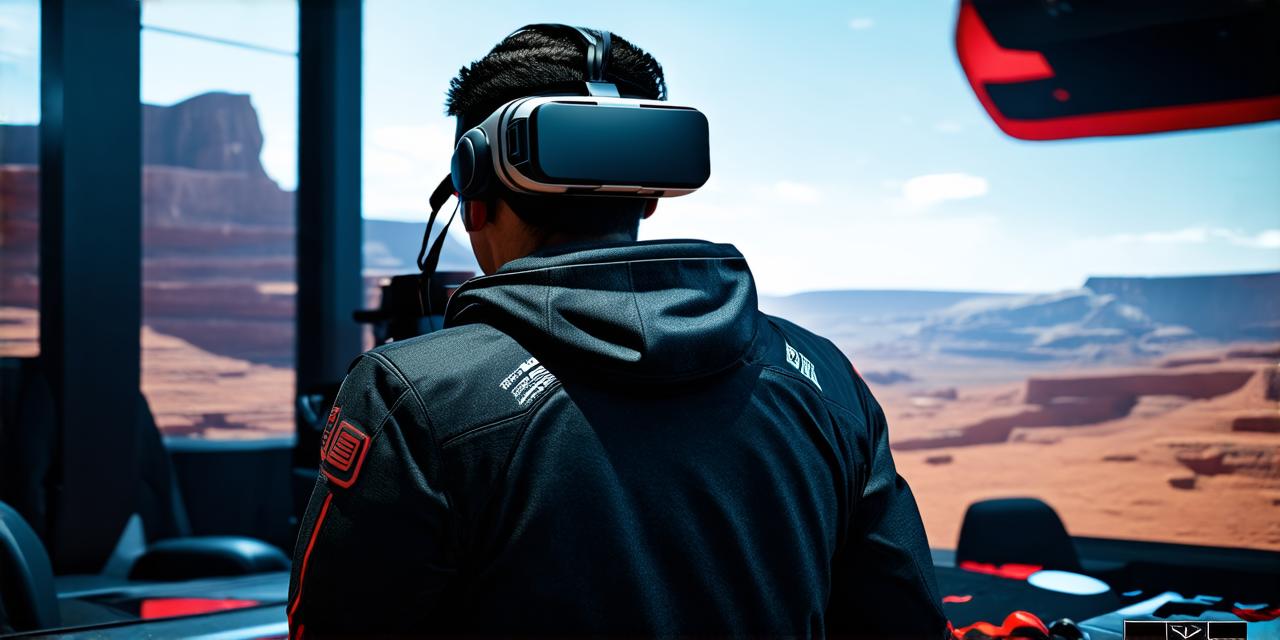
When to use VR?
Virtual Reality (VR) is a rapidly growing technology that has taken the world by storm. It provides an immersive experience that allows users to interact with virtual environments in ways that were previously impossible.
Table of Contents
ToggleWhat is VR?

Virtual Reality technology creates a simulated environment that users can interact with using specialized equipment such as headsets or goggles. These devices track the movements of the user and adjust the virtual world in real-time, allowing them to feel like they are physically present in the environment.
When to Use VR
1. Gaming and entertainment: VR has revolutionized the way we play games and experience entertainment. It provides a level of immersion that is hard to achieve with traditional gaming platforms, making it an ideal choice for gamers looking for a more engaging experience.
2. Training and education: VR is increasingly being used in training and educational contexts. It allows users to simulate real-world scenarios in a safe and controlled environment, providing an effective way to learn new skills and knowledge.
3. Therapy and rehabilitation: VR can be used as a tool for therapy and rehabilitation, allowing patients to undergo treatments in a more immersive and engaging way. It can also be used to simulate real-world scenarios that may not be possible or safe in the real world.
4. Design and architecture: VR is often used by designers and architects to visualize and test their ideas in a virtual environment. This allows them to make changes and iterations in real-time, saving time and resources.
5. Real estate and property visualization: VR can be used to create realistic 3D models of properties, allowing potential buyers and renters to explore the space in greater detail and gain a better understanding of its features and layout.
Factors to Consider When Using VR
1. Cost: VR equipment and software can be expensive, so it’s important to consider the cost before investing in it. There are also free alternatives available for some applications, such as using a smartphone with a VR headset or accessing online simulations.
2. Space requirements: VR requires a certain amount of space to set up and use effectively. It’s important to ensure that you have enough room to move around safely and comfortably.
3. Comfort and safety: VR can be disorienting for some users, so it’s important to consider their comfort and safety when using it. This may include wearing comfortable clothing, taking breaks as needed, and following safety guidelines such as not using VR while under the influence of alcohol or drugs.
4. Realism: While VR technology has come a long way, it’s still not possible to replicate the real world perfectly in a virtual environment. It’s important to consider whether the level of realism needed for your application is achievable with VR technology.
Summary
Virtual Reality technology has many applications and can be a valuable tool for training, education, therapy, design, and more. However, it’s not appropriate or cost-effective for everyone. Before investing in VR equipment and software, it’s important to consider the specific needs of your application and whether the benefits outweigh the costs. With careful consideration, VR can be a powerful tool that enhances and transforms our experiences.

